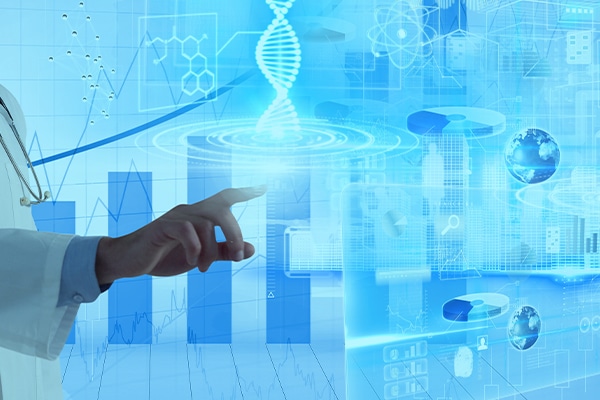Comprehensive Healthcare Knowledge Graph: Powering Personalized Medicine
Healthcare Knowledge Graphs: Revolutionizing Medical Data Management
Medical knowledge graphs represent a revolutionary approach to managing and utilizing medical data. By creating an interconnected web of information, healthcare professionals can access comprehensive insights that improve patient care and streamline medical research.
What is a Healthcare Knowledge Graph?
A healthcare knowledge graph is a network of medical information where nodes represent entities such as diseases, symptoms, treatments, and patient records. These nodes are interconnected through relationships that illustrate how different entities are related to each other, allowing for a holistic view of patient health and medical knowledge.
Importance of Knowledge Graphs in Healthcare
Knowledge graphs are essential in healthcare because they enable the integration and analysis of diverse data sources. This integration allows for:
- More accurate diagnoses
- Personalized treatment plans
- Efficient medical research
- Improved data interoperability
Salient Features
- Serves as a central repository of interconnected medical knowledge.
- Integrates data from diverse sources-clinical databases, medical literature.
- Supports clinical decision making by providing contextually relevant information.
- Enables researchers to identify novel drug targets and treatment pathways.
- Empower users to explore relationships between entities.
Benefits of Healthcare Knowledge Graphs
Enhanced Patient
Care
Medical knowledge graphs provide healthcare professionals with a complete view of patient data, leading to more informed decisions and better patient outcomes.
Streamlined Medical Research
By connecting disparate data points, knowledge graphs accelerate medical research, making it easier to identify patterns & correlations that can lead to breakthroughs in treatment.
Improved Data Interoperability
Knowledge graphs facilitate seamless data exchange between different healthcare systems, ensuring that all relevant information is available to those who need it.
How Healthcare Knowledge Graphs Work

Data Collection and Integration
Healthcare knowledge graphs collect data from various sources such as electronic health records (EHR), clinical trials, and research papers. This data is then integrated into a cohesive network.

Interconnected Medical Data
The interconnected nature of knowledge graphs allows for the visualization of complex relationships between different medical entities, aiding in comprehensive data analysis.

Real-Time Data Analysis
Medical knowledge graphs enable real-time data analysis, providing immediate insights that can be critical in fast-paced medical environments.
Applications of Healthcare Knowledge Graphs
Personalized
Medicine
Knowledge graphs support personalized medicine by analyzing patient-specific data to recommend tailored treatments.
Disease Prediction & Prevention
By identifying patterns in large datasets, knowledge graphs can predict disease outbreaks and suggest preventive measures.
Clinical Decision
Support
Knowledge graphs enhance clinical decision support by providing doctors with relevant information & recommendations knowledge.
Future of Healthcare Knowledge Graphs
- Advancements in AI and Machine Learning: The integration of AI and machine learning with knowledge graphs will further enhance their ability to analyze and interpret complex medical data.
- Integration with Electronic Health Records (EHR): Future developments will focus on better integration with EHR systems, ensuring that knowledge graphs can access and utilize the most up-to-date patient information.
- Potential Challenges and Solutions: While knowledge graphs hold great promise, challenges such as data privacy, standardization, & interoperability must be addressed. Solutions include robust security measures, standardized data formats, & collaborative efforts across healthcare industry.

